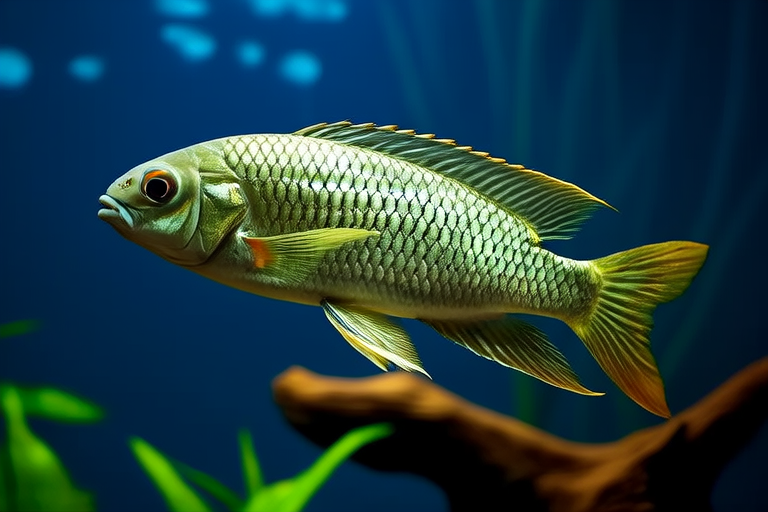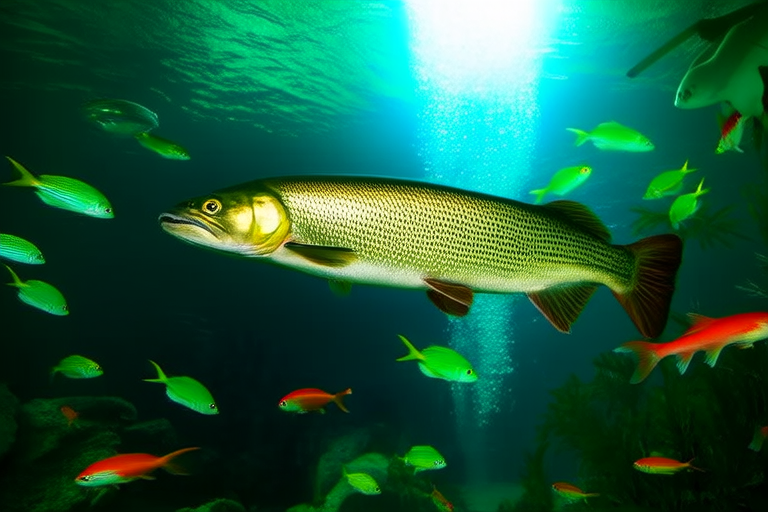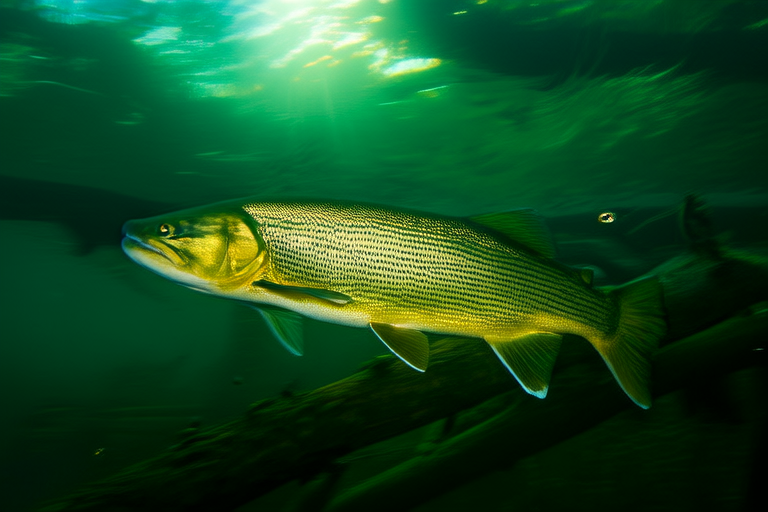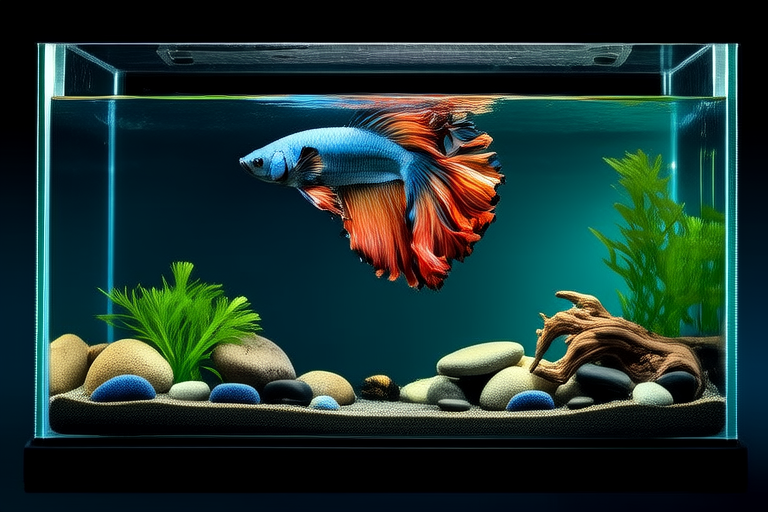
Unlocking the Mystique of Arowana: The Ultimate Aquarium Predator
Arowanas, often referred to as dragonfish due to their elongated bodies and pectoral fins that resemble dragon wings, have captivated the interest of aquarists worldwide for centuries. These majestic creatures, known for their striking appearance and predatory prowess, hold a special place in the hearts of enthusiasts who appreciate the unique challenges and rewards of keeping such formidable fish. This article delves into the mystique of arowanas, exploring their historical significance, myths, behavior, care requirements, and the nuances of their upkeep in aquariums.
The Historical Significance and Myths Surrounding Arowanas
Arowanas have long been revered in various cultures, particularly in Southeast Asia. In Chinese culture, they are considered symbols of good fortune and prosperity. The belief that owning a pair of arowanas can bring wealth and success has made them popular among collectors. Additionally, arowanas are associated with mythical dragons, further adding to their allure and mystique.
Myths about arowanas vary across different regions. One popular myth states that arowanas can predict storms by jumping out of the water. While this might seem far-fetched, it could be linked to their natural hunting behavior where they leap from the water to catch prey above the surface. Another myth suggests that arowanas can live up to 100 years, though scientific evidence points to an average lifespan of around 20 to 30 years.
Characteristics of Arowanas
Arowanas possess several unique characteristics that set them apart from other aquarium fish. They have long, streamlined bodies with a series of bony plates running along their sides for protection. Their large eyes and sharp teeth make them efficient hunters. Arowanas also have a specialized swim bladder that allows them to breathe air directly from the surface, enabling them to survive in oxygen-depleted waters.
One of the most fascinating features of arowanas is their ability to jump out of the water to catch flying insects or small birds. This behavior, known as “surface feeding,” is a testament to their agility and adaptability. Arowanas are also known for their strong swimming capabilities, which allow them to navigate through fast-moving rivers and streams with ease.
The Role of Arowanas as Apex Predators
In their natural habitat, arowanas are apex predators, meaning they sit at the top of the food chain. They inhabit freshwater environments such as rivers, lakes, and swamps in parts of South America, Africa, and Asia. Arowanas feed on a variety of prey, including insects, small fish, crustaceans, and even birds that venture too close to the water’s edge.
As apex predators, arowanas play a crucial role in maintaining the balance of their ecosystems. By controlling the populations of smaller fish and aquatic animals, they help prevent overpopulation and ensure the health of the entire ecosystem. However, their predatory nature makes them challenging to keep in aquariums, as they require spacious tanks and careful management to thrive.
Care Requirements for Arowanas
Maintaining arowanas in an aquarium requires careful attention to their specific needs. These fish are sensitive to changes in water quality and temperature, so it’s essential to provide them with optimal conditions. Arowanas prefer warm, slightly acidic water with a pH range of 6.5 to 7.5 and a temperature between 24°C and 28°C.
Arowanas are highly territorial and can become aggressive towards other fish, especially those of similar size or shape. Therefore, it’s best to house them in a species-only tank to avoid conflicts. The tank should be large enough to accommodate their active swimming behavior and jumping tendencies. A minimum tank size of 120 gallons (450 liters) is recommended for a single adult arowana, with additional space required for multiple specimens.
Suitable Tank Setups for Arowanas
Creating an appropriate tank setup for arowanas involves more than just providing ample space. It’s crucial to include elements that mimic their natural environment. Start by installing a powerful filtration system to maintain water quality and provide adequate oxygenation. Arowanas produce a significant amount of waste, so regular water changes and efficient filtration are necessary to prevent ammonia buildup.
Adding plenty of hiding spots, such as caves, plants, and driftwood, can help reduce stress and provide a sense of security for your arowanas. These fish are known to be curious and will explore their surroundings, so it’s important to offer them stimulating environments. Consider incorporating a large, flat rock or platform near the water’s surface to encourage surface feeding behavior.
Lighting is another critical aspect of arowana tank setup. These fish are diurnal, meaning they are most active during the day. Providing a consistent lighting schedule can help regulate their circadian rhythms and promote healthy behavior. However, avoid overly bright lights, as they can cause stress and discomfort.
Feeding Habits of Arowanas
Arowanas are carnivorous and require a diet rich in protein to meet their nutritional needs. In the wild, they feed on a variety of live prey, including insects, small fish, and crustaceans. In captivity, it’s essential to replicate this diet as closely as possible. Offer a diverse selection of high-quality frozen or live foods, such as feeder fish, earthworms, bloodworms, and krill. Some aquarists also supplement their arowanas’ diet with commercial pellets designed for carnivorous fish.
Feeding arowanas can be both enjoyable and challenging. These fish are known for their impressive leaps and surface feeding behavior, making feeding sessions a spectacle to watch. However, it’s important to avoid overfeeding, as excess food can lead to poor water quality and health issues. Feed your arowanas two to three times per week, offering as much food as they can consume within a few minutes.
Challenges in Maintaining Arowanas in Aquariums
Despite their popularity, keeping arowanas in aquariums presents several challenges. Their large size, aggressive nature, and specific care requirements make them unsuitable for novice aquarists. One of the primary challenges is ensuring adequate water quality. Arowanas produce a significant amount of waste, and maintaining clean, well-oxygenated water is crucial for their health.
Another challenge is providing sufficient space. As arowanas grow, they require increasingly larger tanks to accommodate their size and activity levels. Failing to provide adequate space can lead to stress, aggression, and health problems. Additionally, arowanas are known for their jumping abilities, which can pose a risk of escape if the tank is not properly secured.
Differences Between Species and Their Specific Needs
There are several species of arowanas, each with its own unique characteristics and care requirements. The most common species kept in aquariums include the Asian arowana (Scleropages formosus), silver arowana (Osteoglossum bicirrhosum), and African arowana (Heterotis niloticus).
The Asian arowana, also known as the dragonfish, is prized for its vibrant colors and ornamental value. It requires slightly cooler water temperatures and a more stable environment compared to other species. The silver arowana, native to South America, is known for its sleek appearance and surface-feeding behavior. It prefers warmer water and a more dynamic environment. The African arowana, less commonly kept in aquariums, is adapted to slower-moving waters and may require specialized care.
Understanding the specific needs of each species is crucial for their successful maintenance in aquariums. Researching and preparing adequately before acquiring an arowana can significantly improve their chances of thriving in captivity.
Conclusion
Arowanas are truly remarkable creatures, combining beauty, strength, and intelligence in ways that make them stand out among other aquarium fish. Their historical significance, myths, and roles as apex predators in their natural habitats add layers of fascination to their appeal. However, keeping arowanas in aquariums requires dedication, knowledge, and resources to meet their specific care requirements.
For those willing to take on the challenge, arowanas offer a rewarding experience. Watching them glide gracefully through the water, leap for food, and interact with their environment can be both mesmerizing and fulfilling. Whether you’re a seasoned aquarist or a beginner looking for a new challenge, arowanas are sure to captivate and inspire admiration.






